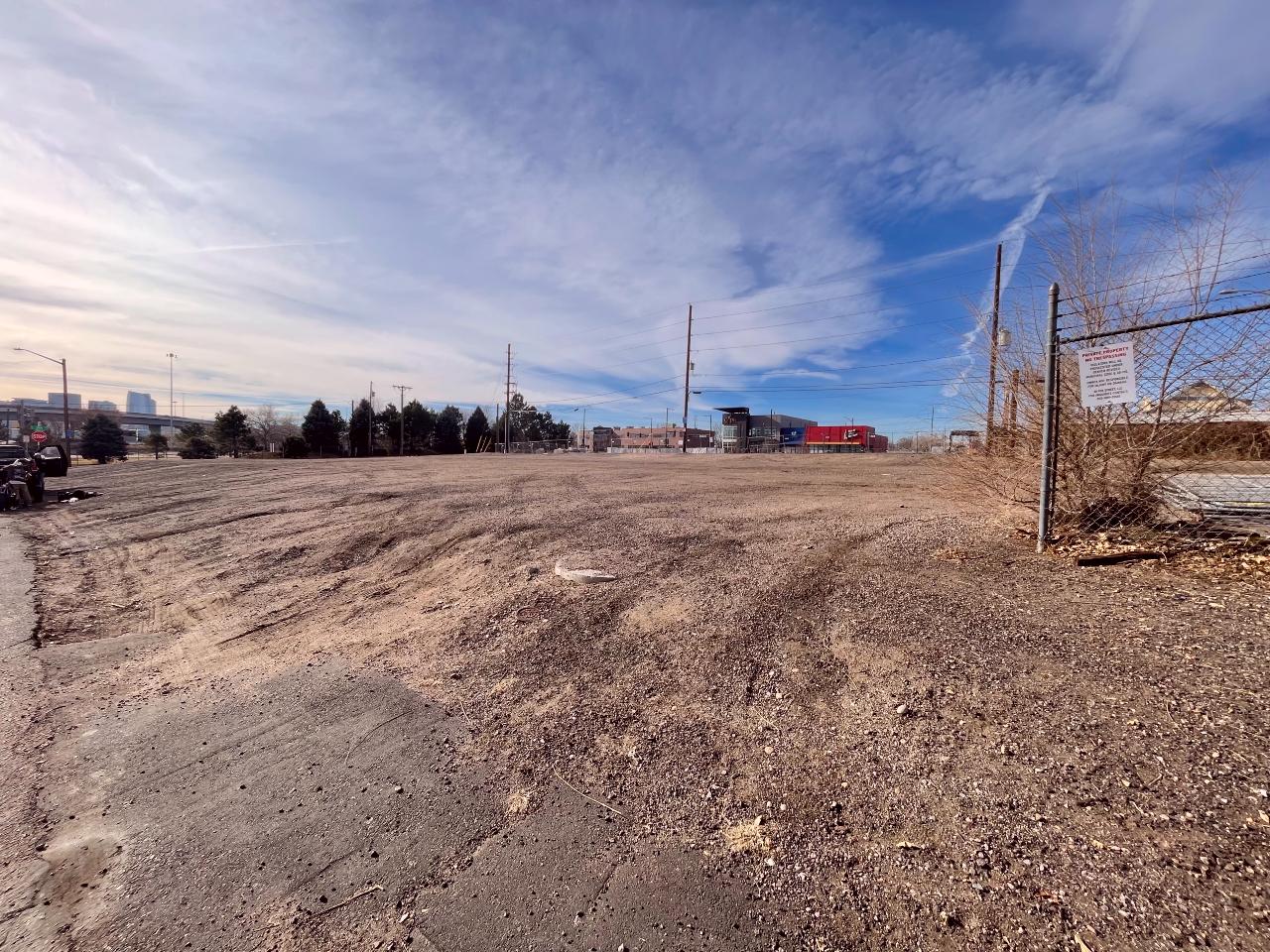
Colorado’s annual release of graduation data showed some metro area school districts making gains while others, like Denver’s district, posting decreases in on-time rates.
Statewide, four-year high school graduation rates inched up again, reaching a new high with 79 percent of all students graduating on time in 2017. Another 10.1 percent, or almost 6,500 students, are still enrolled in high school and could still graduate after five, six or seven years.
Numbers show that might be happening in some districts, including Denver Public Schools. The district, which has posted gains for several years, had a 66.6 percent graduation rate in 2017, a drop from 67.2 percent in 2016.
At the same time, the district’s five-year and six-year graduation rates went up. In 2017, the highest rate, of 76.7 percent, was among students graduating high school in six years, up from 74 percent the previous year.
Colorado ranks low compared to other states in graduation rates, but the annual improvements follow a similar national trend. In 2015, Colorado changed the minimum bar for graduation requirements, and school districts are in the process of changing their own requirements to match for the Class of 2020. School districts are free to set their own requirements for graduation, as long as they meet the state’s minimum bar.
Denver Superintendent Tom Boasberg said district officials are continuing to dig into the data, but said the district is balancing competing goals in helping students take their time to earn college or career experiences before graduation, while trying to raise the on-time graduation rate.
“I’m disappointed we didn’t show gains this year,” Boasberg said. “We do have a number of programs….where students will not graduate until their fifth or sixth year, so it is not surprising to see the slight dip in the 4-year rate. But we want to make sure all of our measures continue to increase.”
Graduation rates for Colorado’s five largest school districts
Aurora Public Schools, another large district, has shown increases in both on-time and five-year or six-year graduation rates. The district, which posted one of the highest increases among metro area districts in graduation rates last year, had a relatively large increase again in 2017.
In 2017, 67.6 percent of Aurora students graduated on-time, up from 65 percent that did the previous year. The district’s highest graduation rate, of 78.2 percent, is for students graduating after six years of high school.
Last year’s increase in Aurora was one of the factors that allowed the state to raise the quality rating for the district, moving it off the state’s watchlist for chronic low performance.
Other struggling districts that are already under state-ordered plans for improvement after years of low performance had mixed results. Westminster Public Schools, for instance, posted a slight increase in graduation rates with 57.8 percent of students in 2017 graduating on time.
But the Commerce City-based Adams 14 district, also on a state-ordered plan, saw a decrease in the number of students graduating on-time, as well as those who graduate in five or six years. The graduation rates are one factor in the state’s quality ratings each year. If the 2018 rating the state gives Adams 14 doesn’t improve from previous years, the state may consider further action against the district including merging it or turning over management to a third party.
The state on Thursday also released dropout rate numbers. Statewide, although a slightly higher percentage of students are graduating, the rate of students who are dropping out has remained the same.
In the metro area, many school districts were able to decrease the number of students who dropped out in 2017. Adams 14 had a 7.9 percent dropout rate in 2017, down from 8.2 percent in 2016. Aurora had a 2.5 percent dropout rate in 2017, down from 3.4 percent in 2016.
Denver schools had a slight increase in the number of students dropping out. In 2017, 4.2 percent of Denver students dropped out of school, up from 4 percent in 2016.
Statewide, district officials are also considering data as it breaks down by race. Gaps in Colorado narrowed as graduation rates improved for all groups of students of color, but they decreased slightly for white students, compared to 2016.
Statewide graduation rates for 2017 by race
Look up individual school graduation rates for 2017 and 2016 in the table below.
Look up district-level graduation rates for 2017 and 2016 in the table below.
Chalkbeat is a nonprofit news site covering educational change in public schools.











